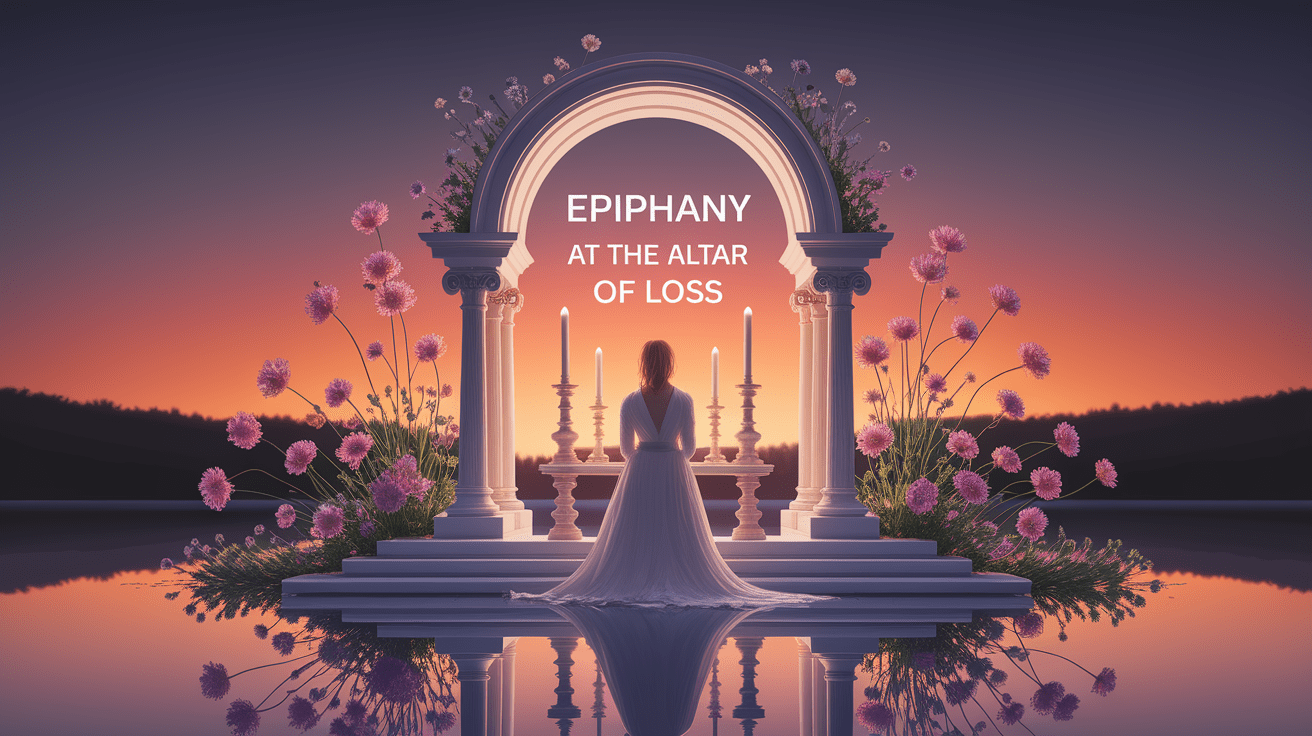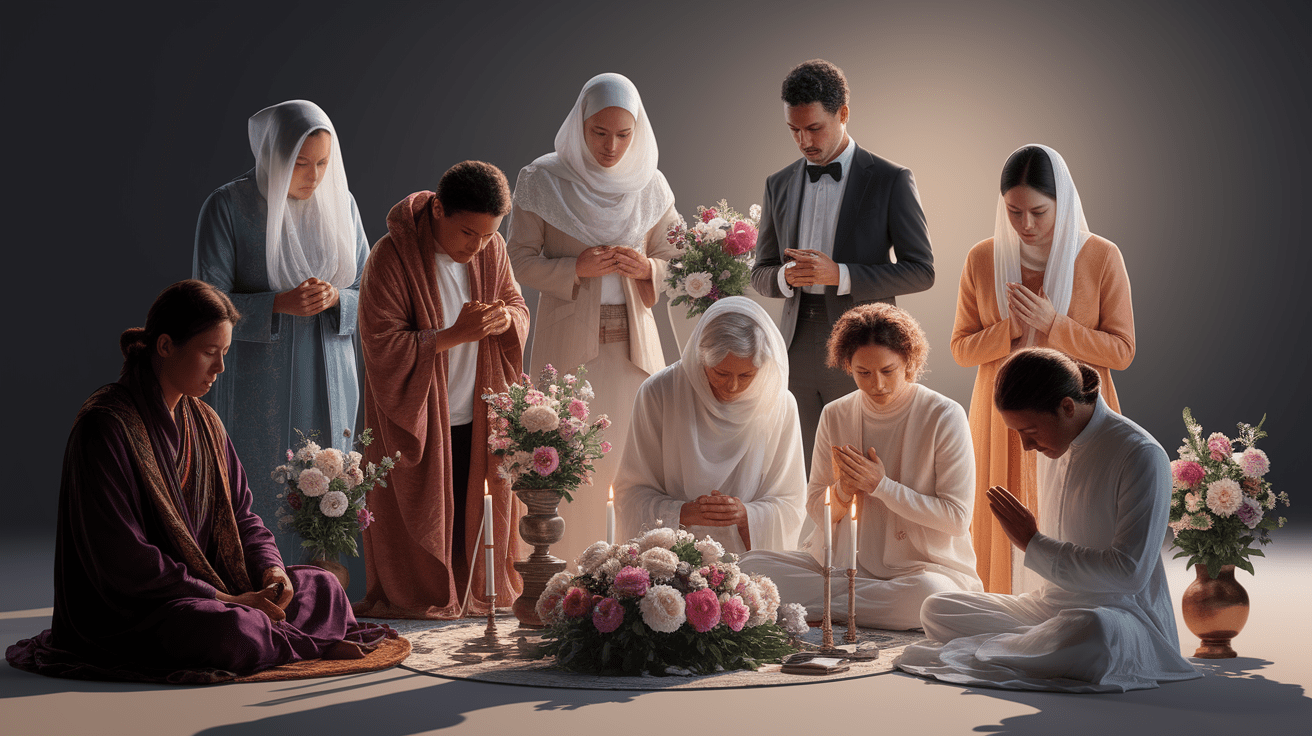Embracing Rituals: The Psychology Behind Mourning Practices
Epiphany at the Altar of Loss
Mourning rituals have long stood as cornerstones of the human grieving process, providing structured ways to confront and integrate loss. Across cultures and historical periods, these ceremonies—ranging from funeral rites to commemorative practices—offer symbolic closure and a tangible anchor in moments of emotional upheaval. From the perspective of loss psychology, rituals serve to transform the overwhelming abstraction of bereavement into an embodied process, making the intangible reality of death feel approachable and navigable.

Many bereaved individuals experience what can be described as an “epiphany at the altar of loss”—a moment during the ritual when grief becomes both personal and shared, embedded in collective memory. This merging of individual pain with communal support underscores the dual role of mourning rituals: honoring the deceased while fostering emotional resilience in the living.
How Rituals Restore Control and Reduce Grief
Empirical studies, such as the research documented in Norton and Gino’s exploration of grief rituals, demonstrate that mourning rituals can mitigate grief by enhancing feelings of control. This increased sense of agency appears crucial regardless of whether participants believe in the ritual’s religious or spiritual efficacy. By providing predictable steps and familiar symbols, rituals counteract the disorientation experienced after loss and help transform emotional chaos into structured experience.

- They create a defined temporal space for grief, allowing individuals to focus on mourning behavior without external distractions.
- They facilitate emotional processing by translating abstract mourning into tangible acts, such as lighting candles or sharing eulogies.
- They integrate personal bereavement into social contexts, enabling participants to draw on community support networks for resilience.
Cultural Variations in Mourning Practices
The form and meaning of mourning rituals vary widely across societies, shaped by religious beliefs, historical experiences, and social values. For example, Indigenous communities maintain traditional ceremonies—often involving ancestral worship—that serve both a spiritual and social purpose. Ethnographic studies, such as those detailed in research on Indigenous mourning practices, highlight how ritual healing reinforces cultural identity and community cohesion even amid globalization and modernization.

Globally, funeral ceremonies serve multiple psychosocial functions:
- They explain and formalize changes in social relationships after death.
- They regulate mourning behavior, helping establish appropriate emotional expression within cultural norms.
- They embed individual grief within a collective narrative, preserving cultural continuity.
Cross-cultural analyses, such as those in the IDOSR global study of grief rituals, also highlight cultural differences in grief expression, ranging from reserved memorial services to highly emotive public displays of sorrow.
Neuroscience Insights on Ritual Components
Neuroscientific perspectives reveal the subtle ways ritual components influence emotional processing. In Jewish mourning practices, for example, covering mirrors during shiva may prevent emotional amplification, as visual self-reflection can heighten sadness. Insights from neuroscience-informed discussions suggest that mild physical discomfort, such as sitting low to the ground, can disrupt prolonged rumination by redirecting cognitive focus.

- Physical elements in rituals may engage sensory channels that shift attention and moderate emotional intensity.
- Structured communal participation fosters social instrumental support, a strong predictor of effective coping.
- Symbolic acts can engage brain regions associated with meaning-making, reinforcing emotional regulation.
These findings connect directly with psychological research on ritual participation, demonstrating a clear link between perceived control and reduced grief symptoms.
Psychological Frameworks Guiding Mourning
Several psychological models conceptualize mourning as a series of cognitive and emotional tasks aimed at adapting to loss. According to perspectives discussed in grief management literature, successful mourning involves acknowledging the reality of the loss, experiencing and processing associated emotions, and eventually reinvesting in life. Mourning rituals are instrumental in facilitating these tasks because they:

- Expose mourners to tangible reminders of death, making acceptance more attainable.
- Provide a protected space for grief expression without social stigma.
- Offer symbolic pathways toward emotional regulation and adaptation.
The psychological benefits of mourning rituals extend beyond immediate grief alleviation, fostering long-term resilience through structured meaning-making and community reinforcement.
Epilogue of Renewal
As the ceremonial phases conclude, mourning rituals often pave the way for renewal. The process does not erase grief but reshapes it, integrating loss into a broader personal and cultural narrative. By anchoring emotional pain within familiar symbolic and social frameworks, mourning practices transform bereavement from an isolating event into a shared human experience. This progression, bridging the altar of loss with a revived engagement in life, underscores the enduring therapeutic value of culturally and psychologically informed death rituals.







